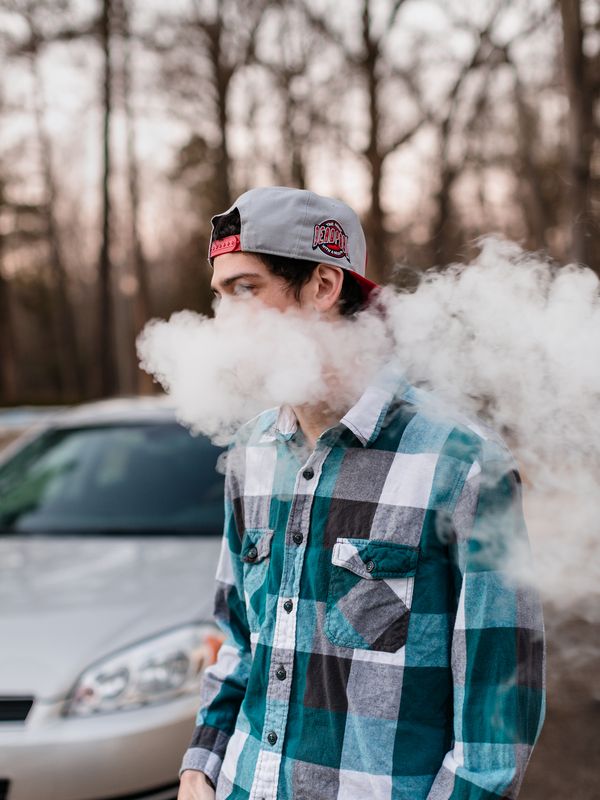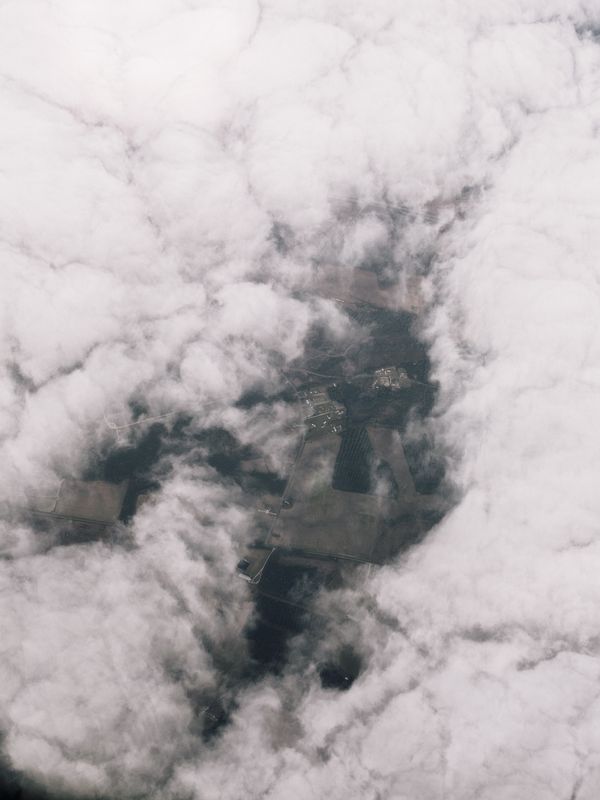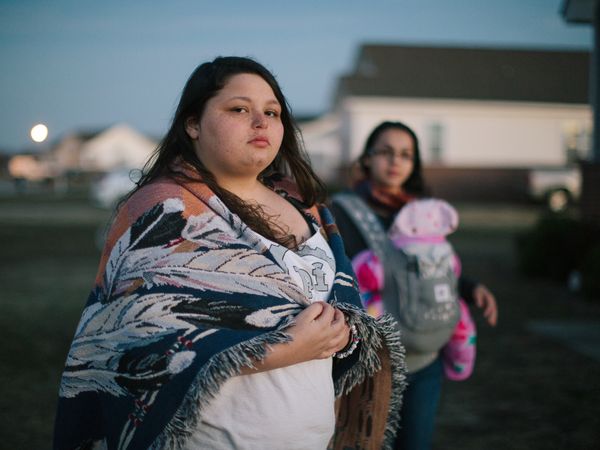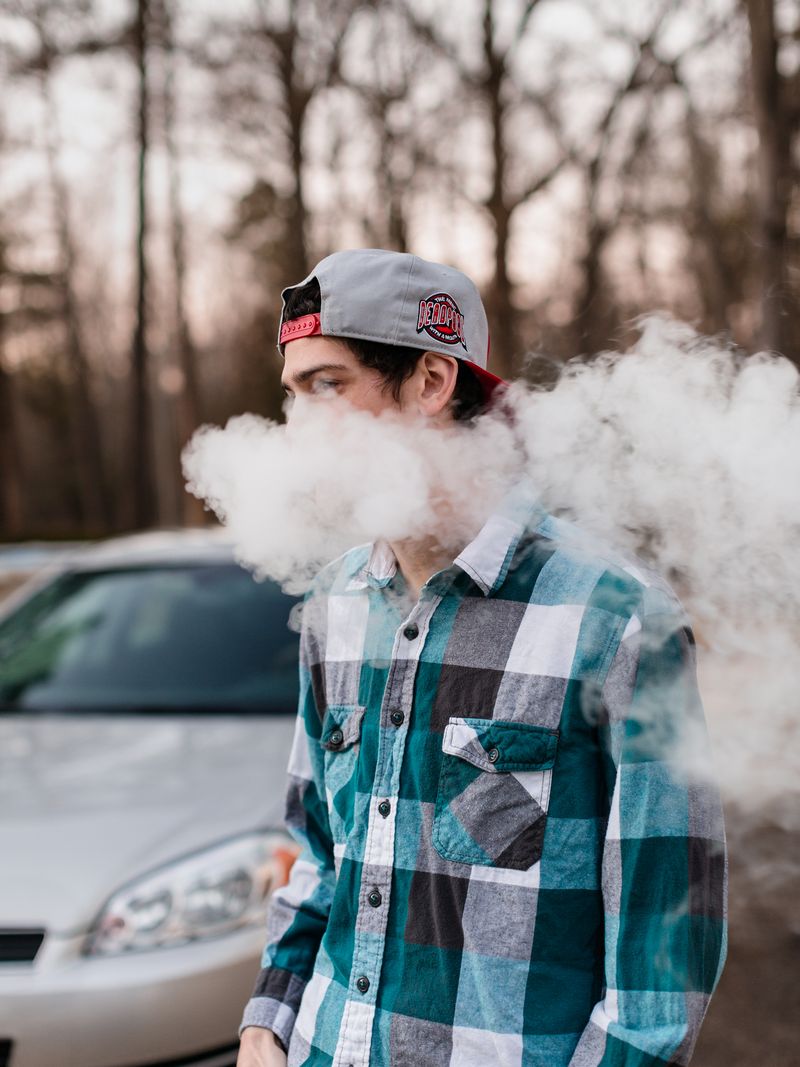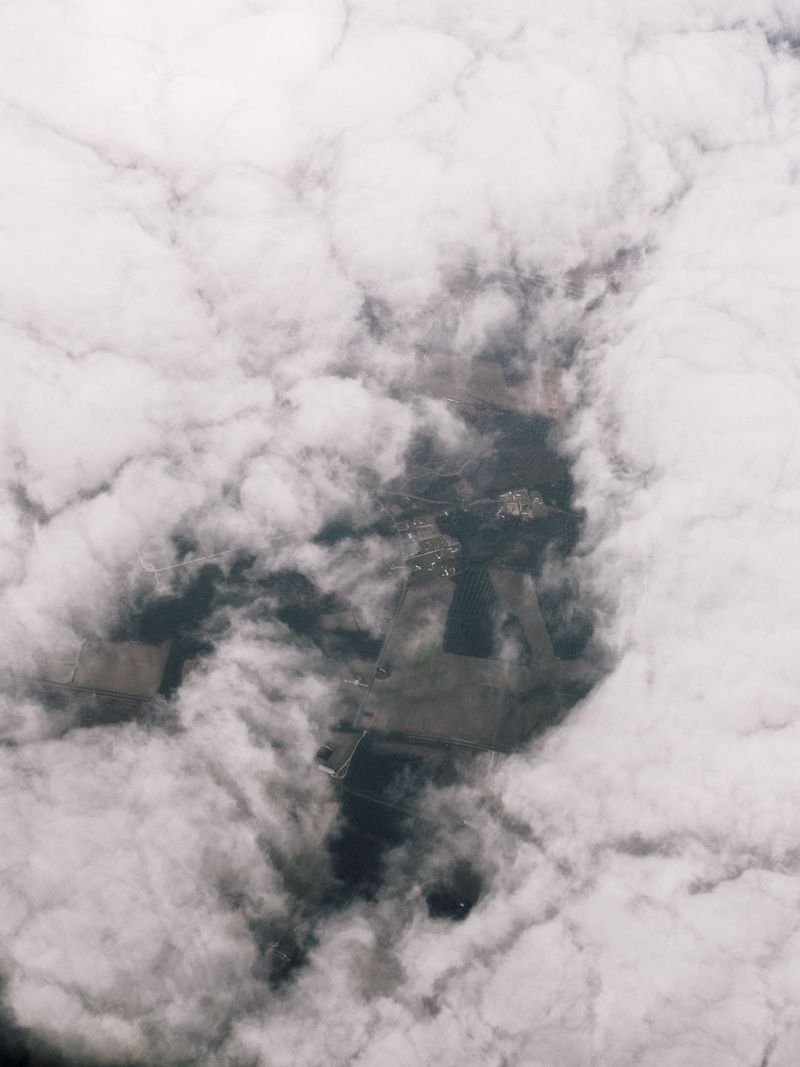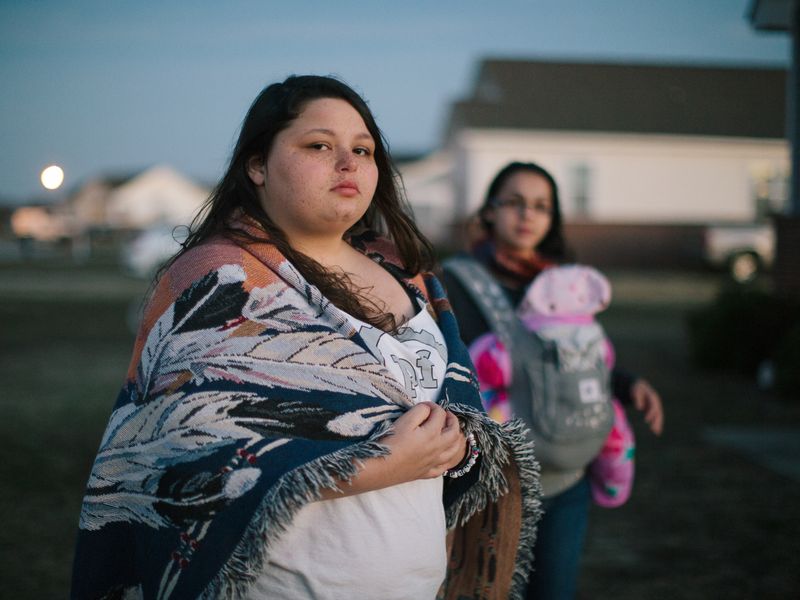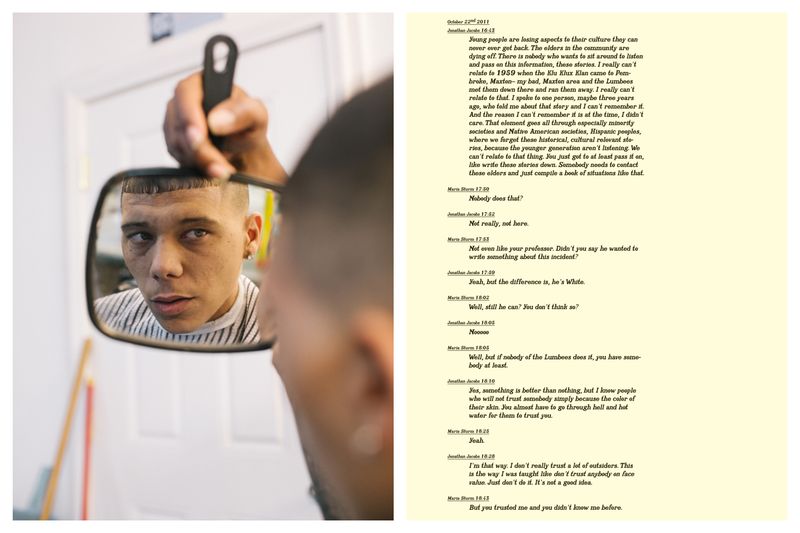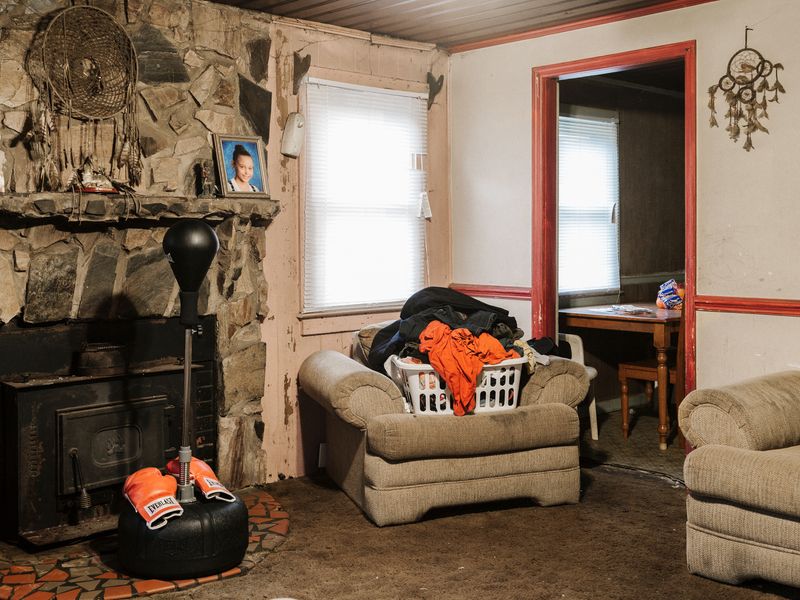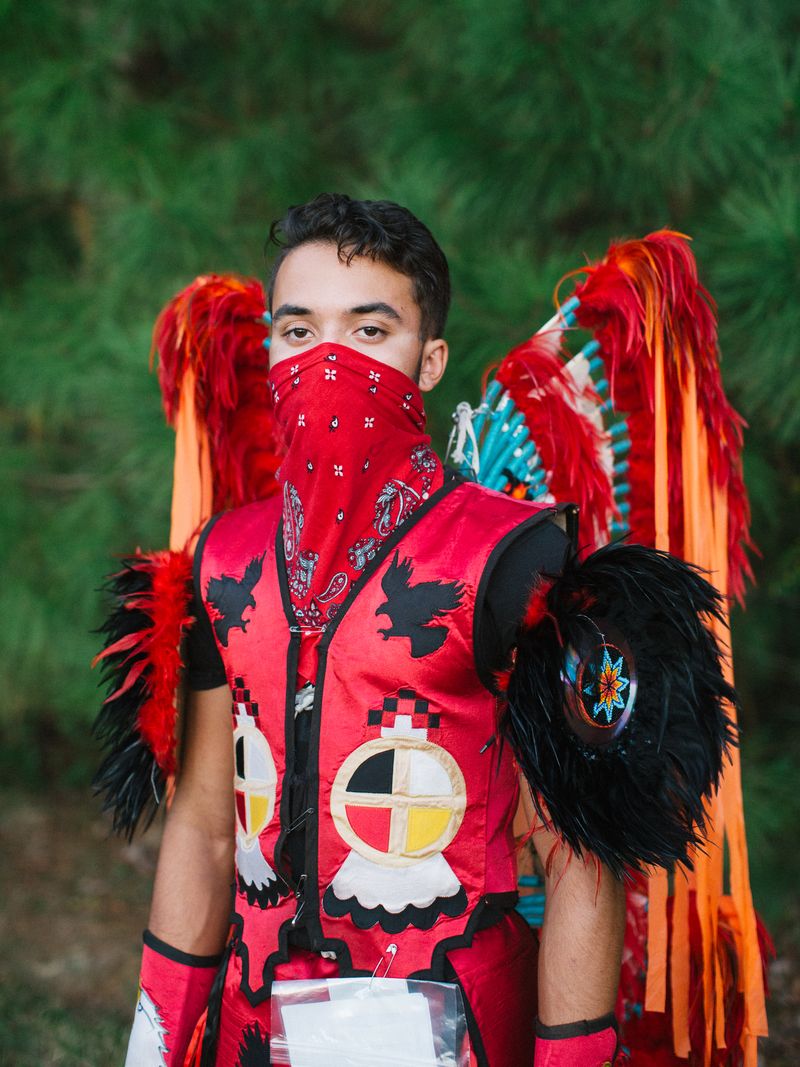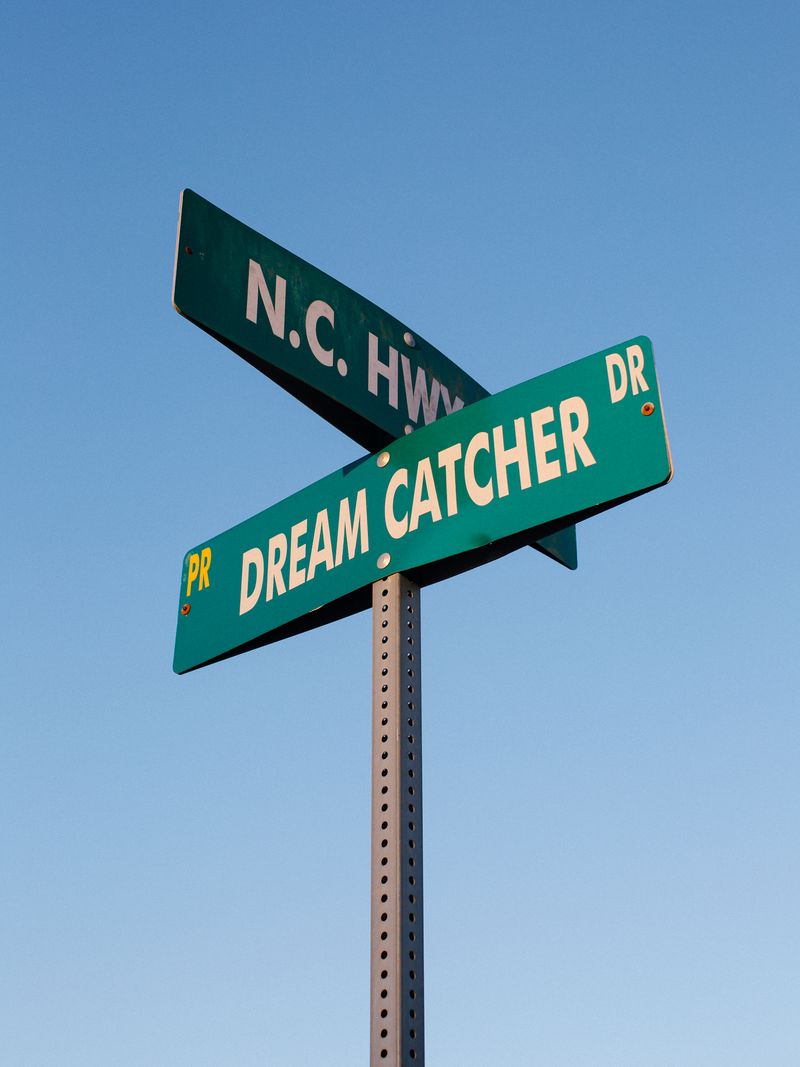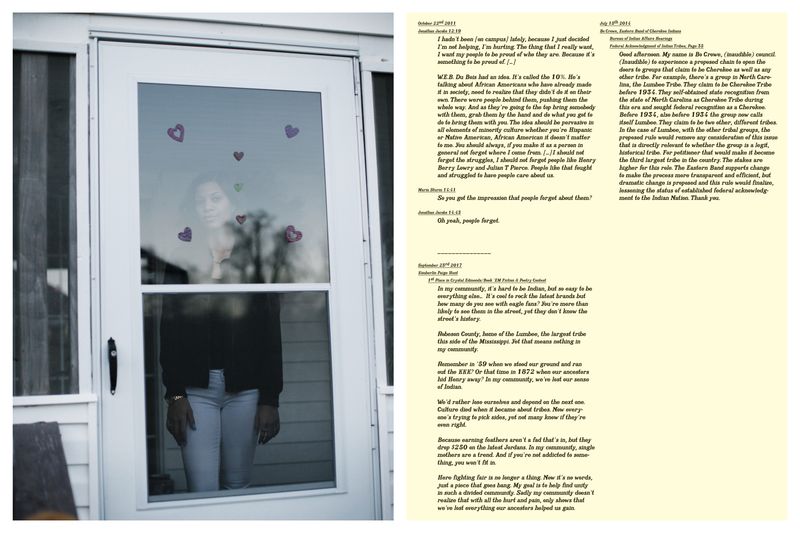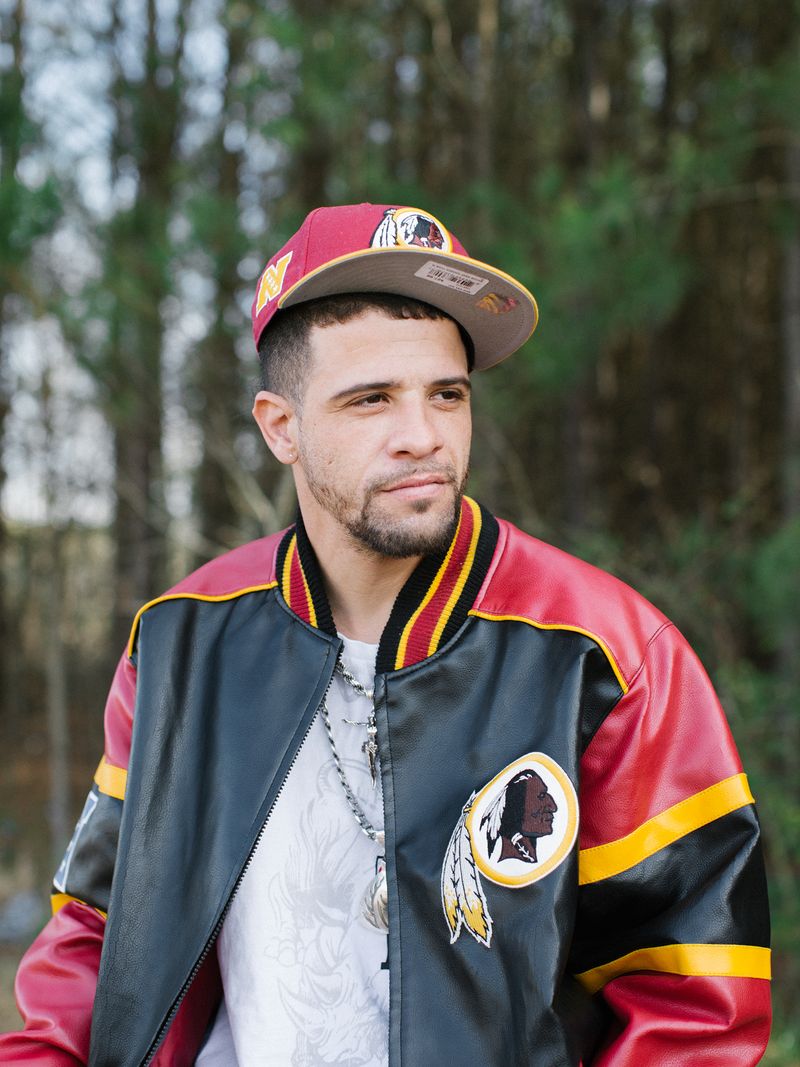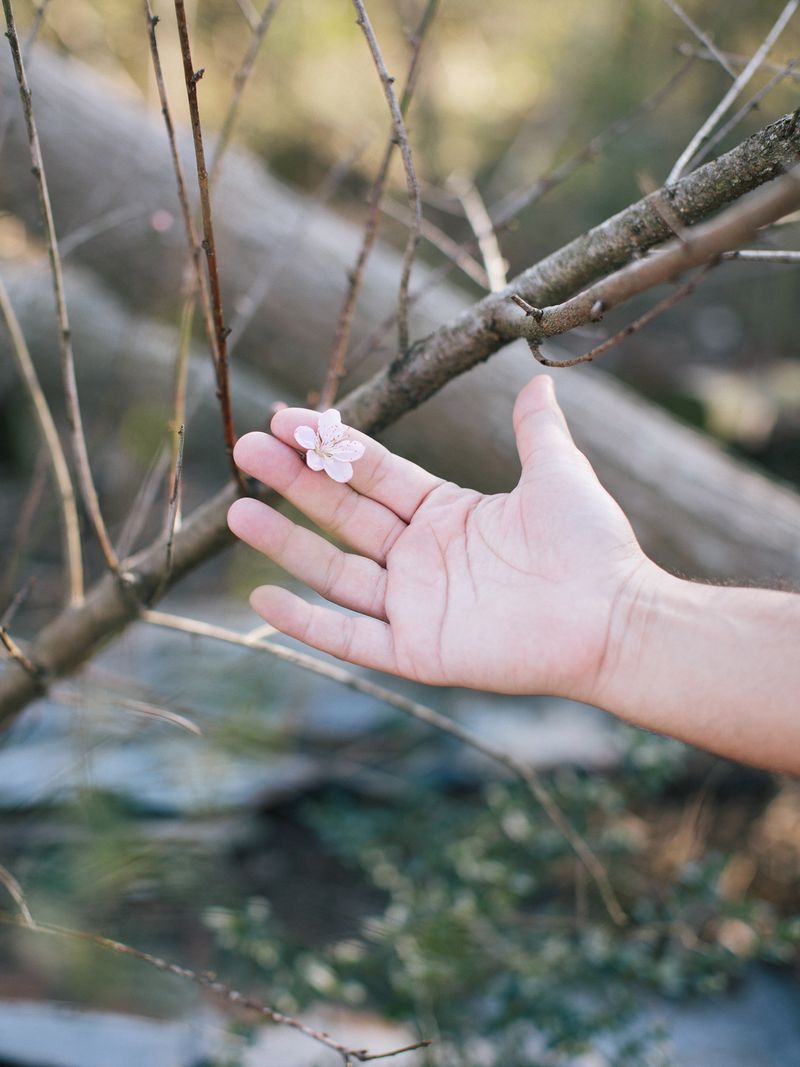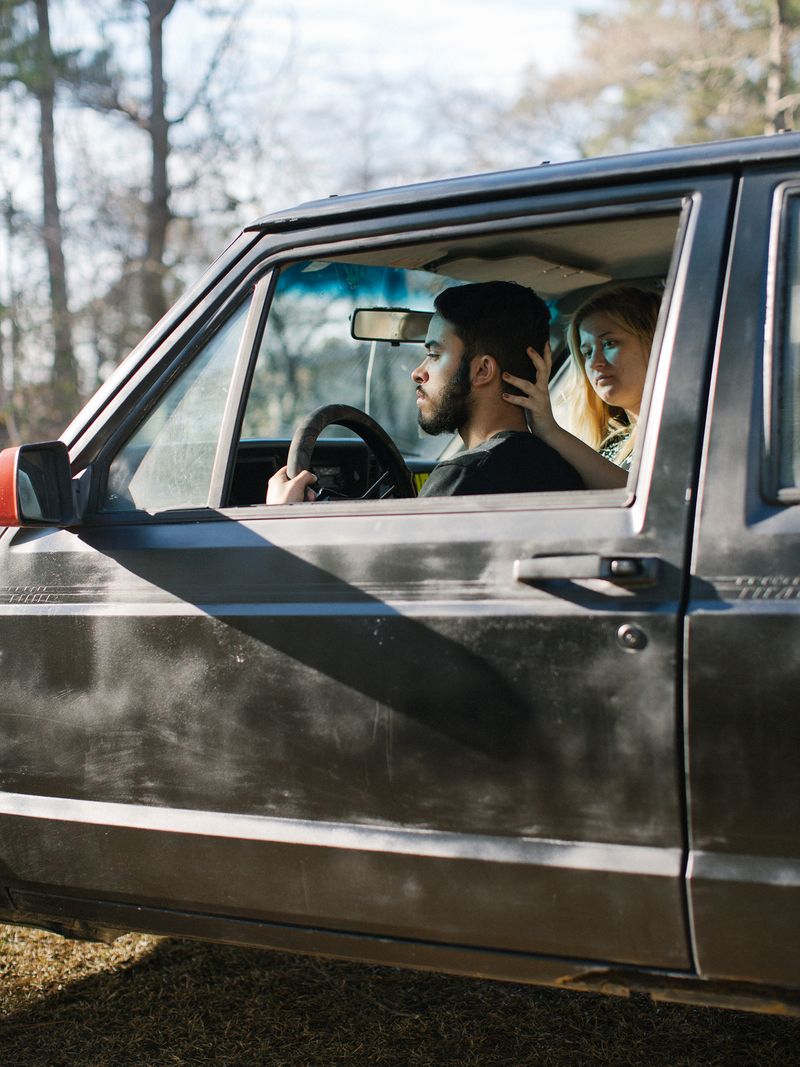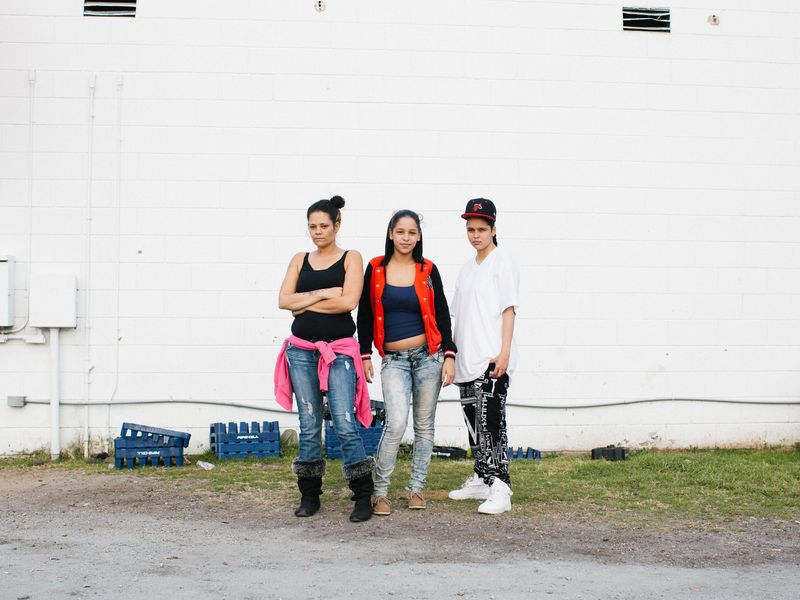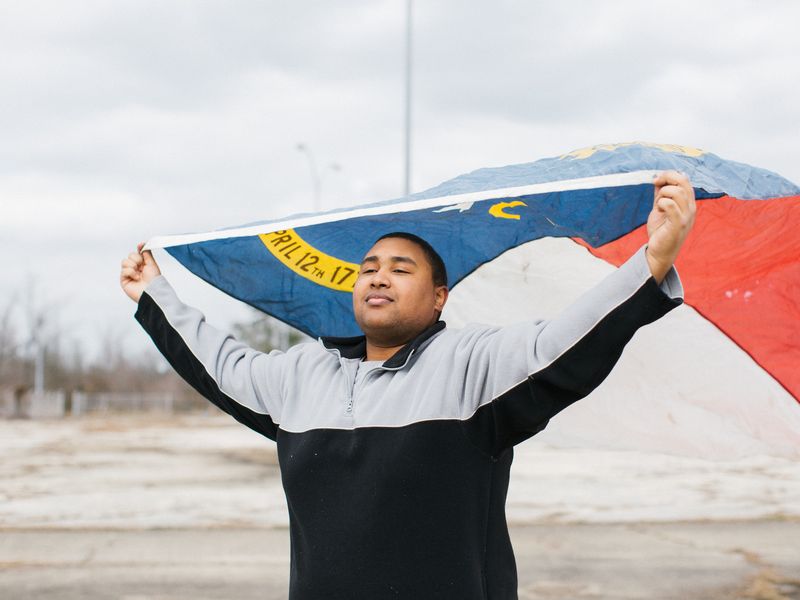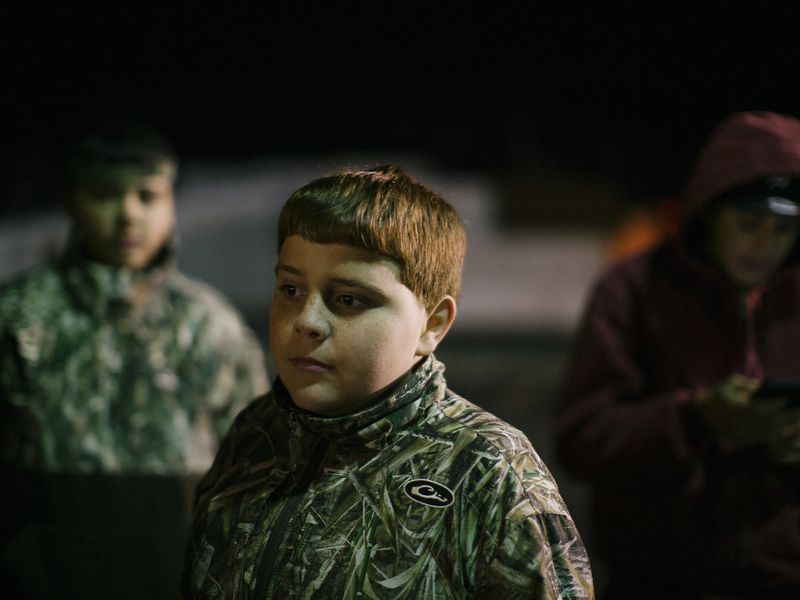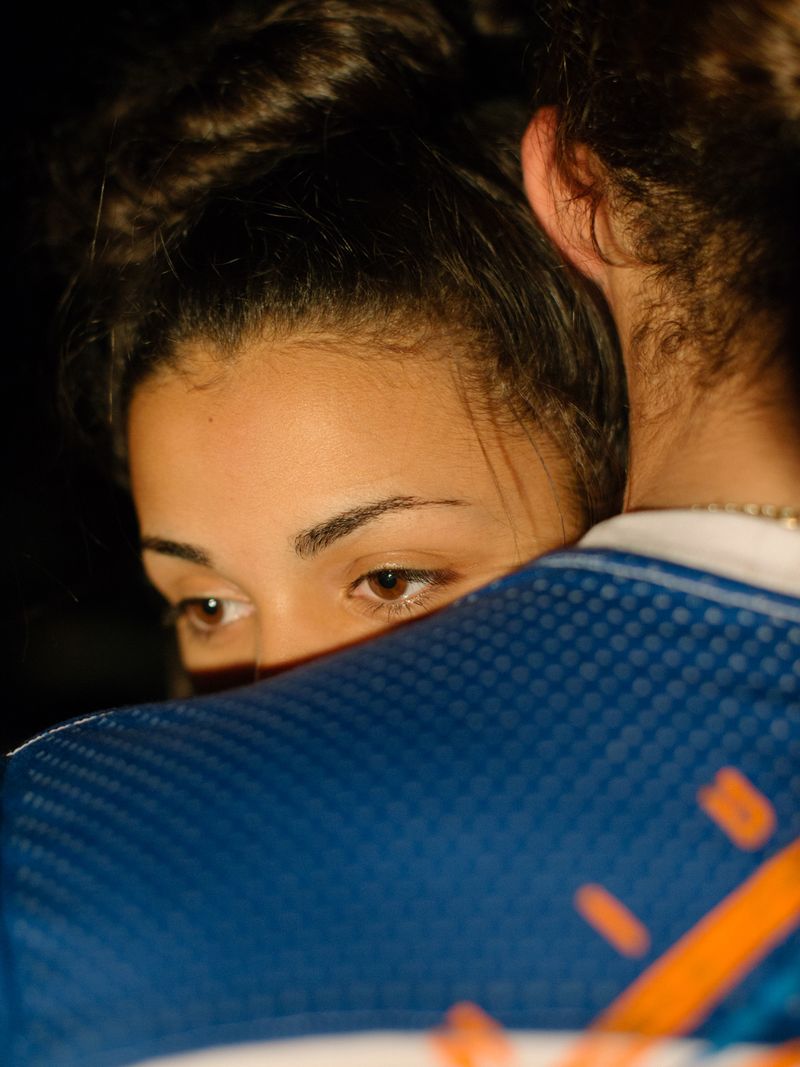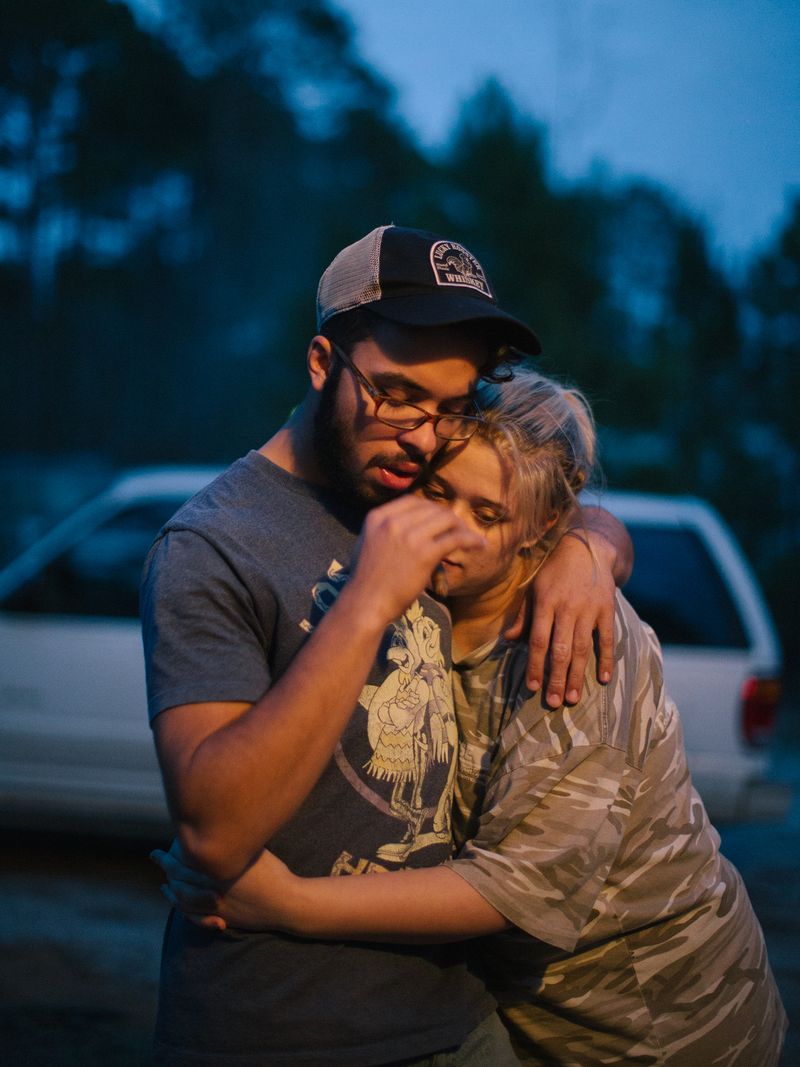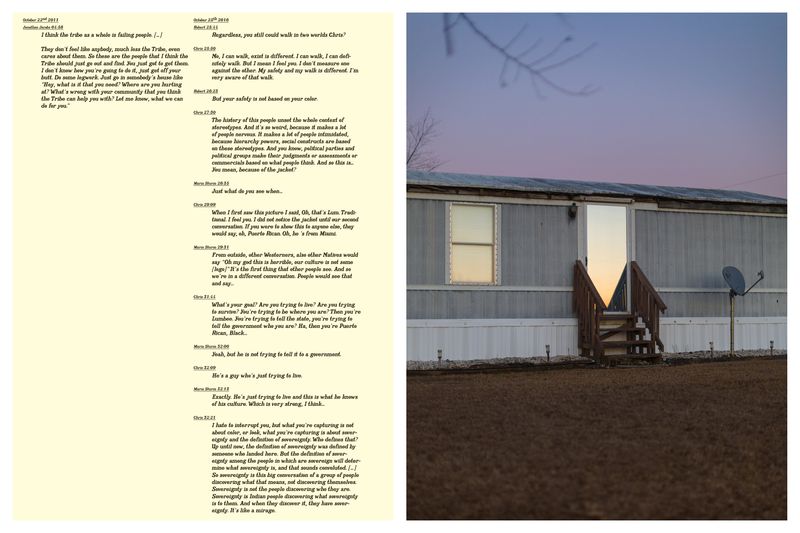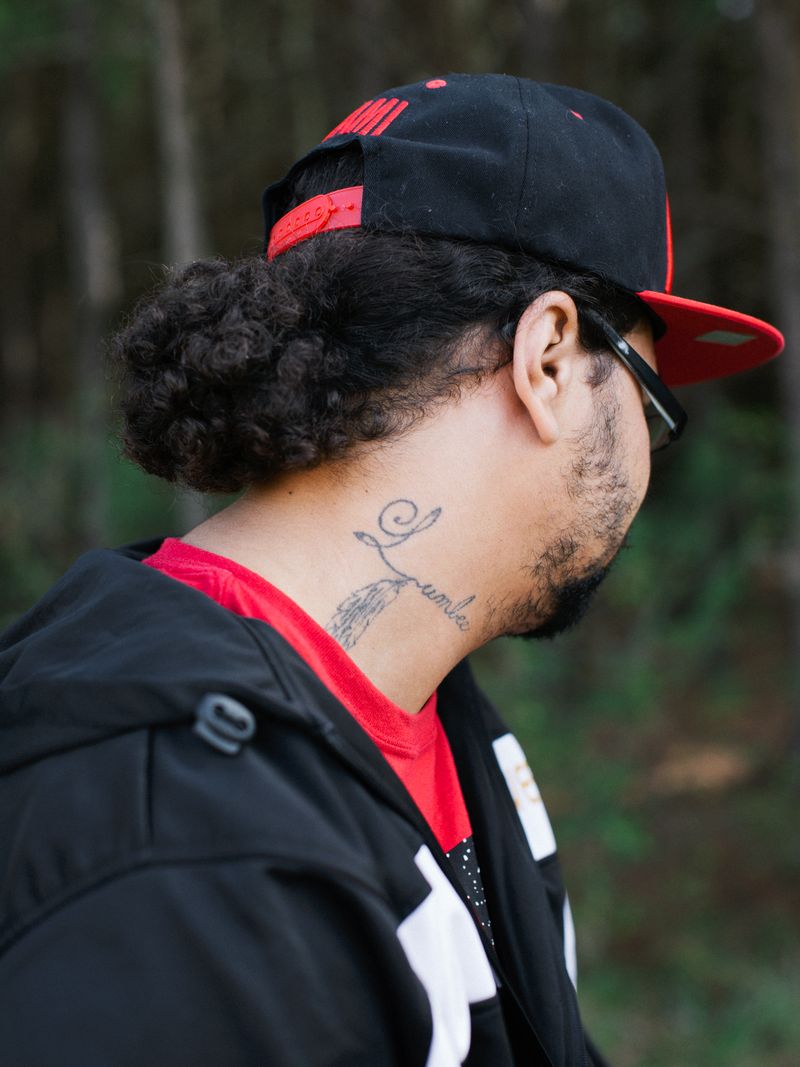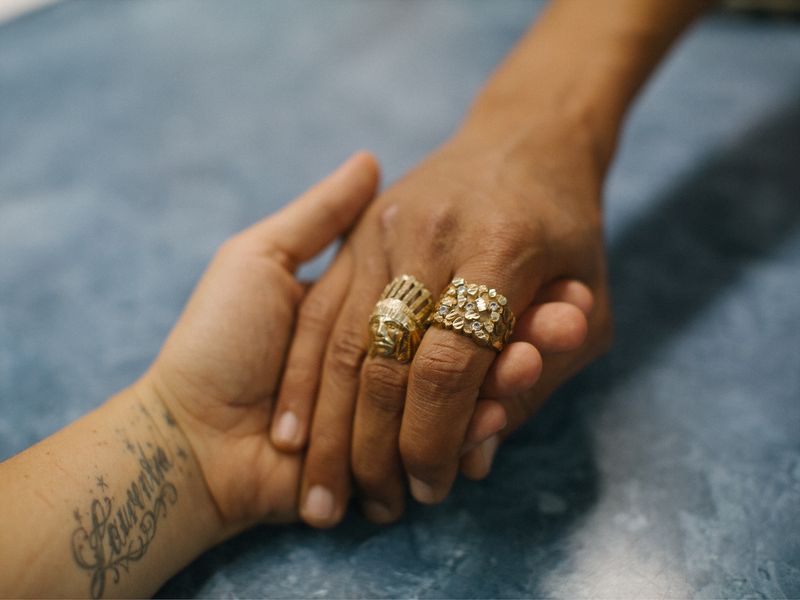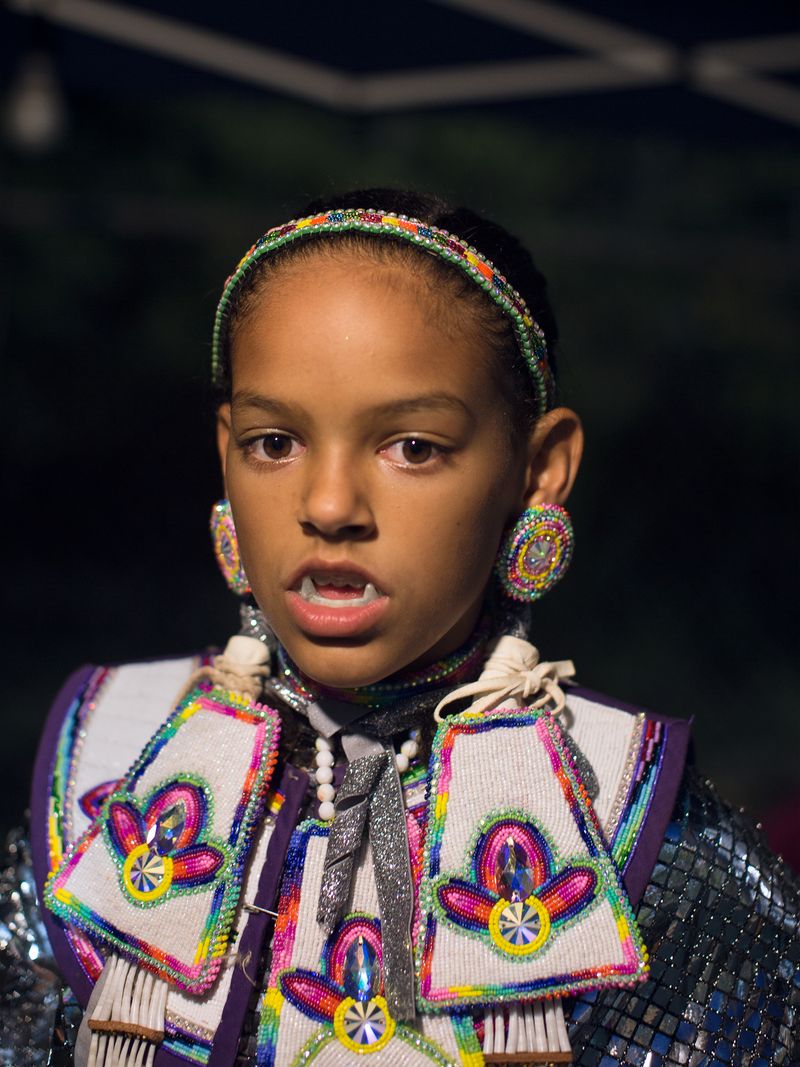You Don’t Look Native to Me
-
Dates2011 - 2023
-
Author
- Location Pembroke, United States
The paradox of otherness is at the core of You Don’t Look Native to Me. It opens up questions about visibility, identity, and stereotype in the U.S., where Native Americans are romanticized yet often dismissed.
In 2011, I began to photograph the lives of young people from the Lumbee Tribe around Pembroke, Robeson County, North Carolina. You don’t look Native to me combines photographs and videos with interviews and texts to preconceptions and show Native identity not as fixed, but evolving and redefining itself with each generation.
Pembroke is the tribal seat of the Lumbee Tribe of North Carolina, the largest state-recognised tribe east of the Mississippi River. Although the Lumbee Tribe is state recognised, they remain federally unrecognized and therefore excluded from the benefits granted to many other tribes.
The Lumbee Tribe, with around 55,000 members, derives its name from the Lumber River, a unifying symbol for the region’s Native communities. The name was voted for in 1952 to unite all tribes in the area in an attempt to gain federal recognition. Their tribal status remains one of the most debated in the United States, a contentious issue that reflects the broader struggles of recognition and belonging faced by many Native tribes. Yet, the Lumbee community’s strong sense of identity endures, rooted in pride and resilience.
My photographs, on first glance, appear to depict the daily life of an archetypal American community. On closer inspection elements of hybridity between heritage and contemporary life are revealed—a street named ‘Dreamcatcher Drive’, a ‘Native Pride’ baseball cap with feather, Halloween fangs on a Tuscarora child in regalia—in the town where nearly 90% of the population identify as Native. My protagonists present themselves as individuals with their own unique identity and shared culture. The presence of Native symbolism—on street signs, pictures on walls, on cars, on shirts and as tattoos—shows how a stereotypical image is often presented back to them.
The title, You Don’t Look Native to Me, is a phrase painfully familiar to the Lumbee people, encapsulating the chasm between how they see themselves and how others perceive them. My subjects present themselves as individuals with unique lives and shared cultural roots, refusing to conform to preconceptions of what it means to be Native American.
The Lumbee’s experience forces us to confront our assumptions about Native identity and to reconsider what it means to belong in a country where identity itself remains a deeply contested space.
